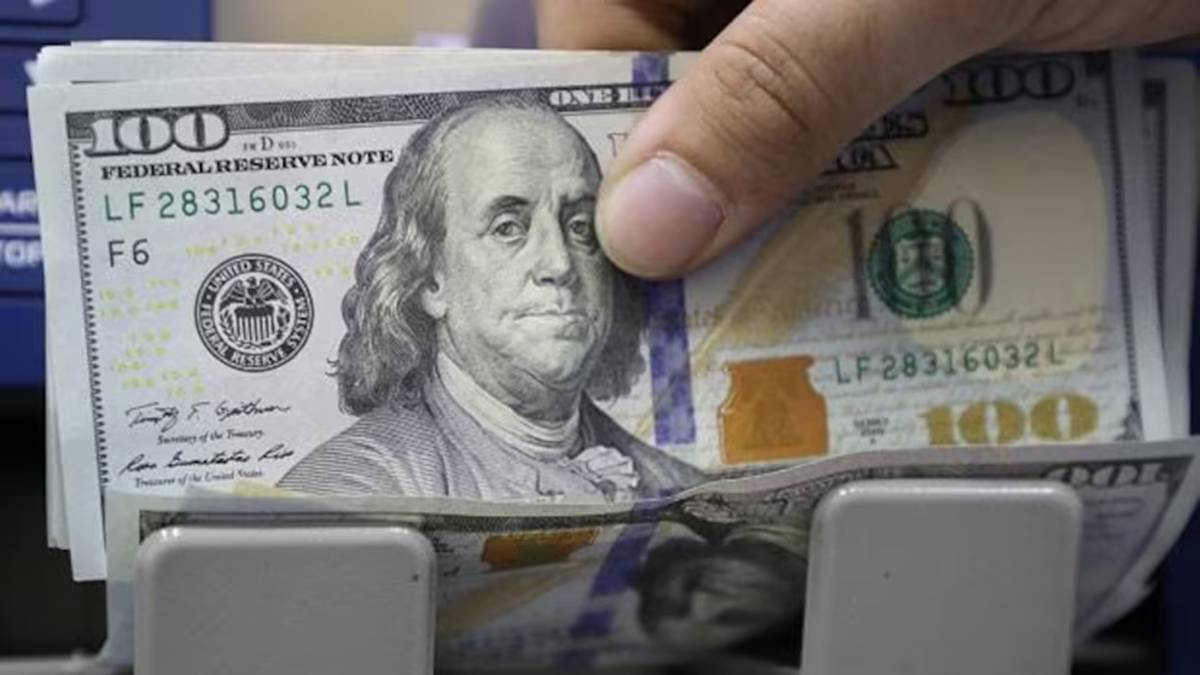In recent weeks, the Indian equity markets have seen a remarkable resurgence, with foreign investors injecting nearly Rs 31,000 crore over the last six trading sessions. This uptick can be attributed to appealing valuations, a strengthening rupee, and positive macroeconomic indicators. The renewed activity from Foreign Portfolio Investors (FPIs) has propelled the benchmark Nifty index to recover around 6%, signaling a resurgence of confidence among market participants.
Foreign Investment Trends in India
This latest wave of investment has significantly reduced the total outflow for March to Rs 3,973 crore, according to depository data. When compared to previous months, this represents a notable turnaround, especially after FPIs withdrew Rs 34,574 crore in February and Rs 78,027 crore in January. Looking ahead, the trajectory of FPI flows will largely hinge on the anticipated reciprocal tariffs from the U.S., set to be announced on April 2. If these tariffs are less severe than expected, the positive momentum in the markets may continue, suggests VK Vijayakumar, Chief Investment Strategist at Geojit Investments.
Shift in FPI Strategy
Recent statistics show that while FPIs have withdrawn Rs 3,973 crore from Indian equities during March, they invested Rs 30,927 crore in the last six trading sessions, from March 21 to March 28. This sudden shift from consistent selling to selective buying indicates a strategic pivot among FPIs, driven by factors such as attractive valuations following a 16% correction since the September 2024 peak, a strengthening rupee, and encouraging macroeconomic indicators like GDP growth and industrial production, according to Vijayakumar.
Moreover, regulatory developments have also played a role in boosting investor sentiment. The Securities and Exchange Board of India (Sebi) made a significant announcement regarding FPI regulations, which may further encourage investment. Manoj Purohit, Partner & Leader at BDO India, noted that Sebi’s decision to double the existing threshold for beneficial ownership disclosures from Rs 25,000 crore to Rs 50,000 crore has likely contributed to this renewed interest.
Historical Context of FPI Movements
Historically, FPIs were net buyers in the Indian market, drawn by robust economic growth and favorable conditions. However, starting October 2024, they began to withdraw substantial amounts, amounting to approximately USD 15 billion between April 1, 2024, and March 27, 2025. This marked the highest recorded outflow and led to a significant downturn in the Indian markets from their late-September highs.
Himanshu Srivastava, Associate Director at Morningstar Investment, pointed out several factors influencing these shifts. Initially, inflows were spurred by India’s strong economic performance and investor optimism. However, subsequent outflows were driven by concerns over slowing corporate earnings, diminished urban demand, and modest income growth. Furthermore, global trade tensions and uncertainties surrounding U.S. economic policies prompted investors to seek refuge in safer assets.
Conclusion
In summary, the recent influx of foreign investment into the Indian equity markets signals a shift in sentiment and strategy among FPIs. With supportive regulatory changes and positive macroeconomic trends, investors are cautiously optimistic about the market’s trajectory. As the landscape continues to evolve, stakeholders will be closely monitoring upcoming developments, particularly the implications of U.S. tariffs, which could shape future investment flows.











